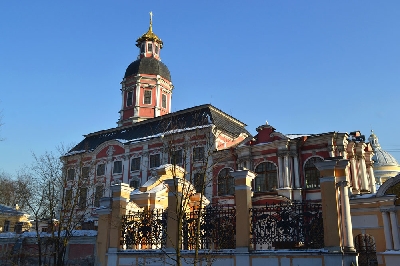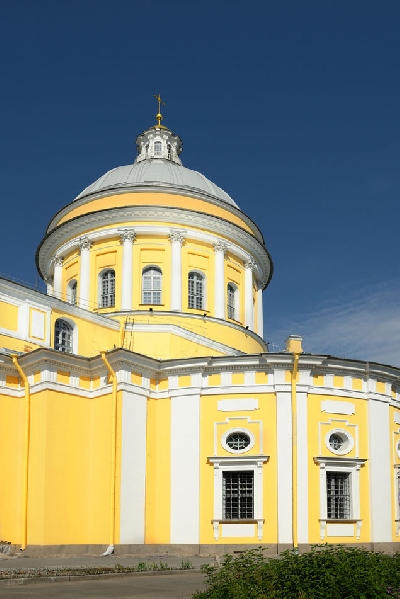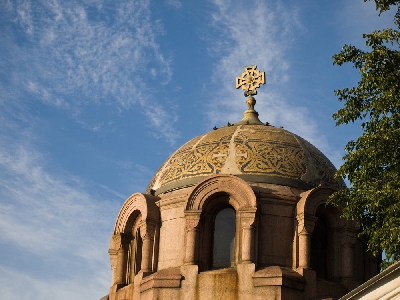Alexander Nevsky Lavra is the biggest monastery in Saint-Petersburg. Its architectural ensemble, designed in Baroque style, is one of the most prominent in the city. On the cemeteries of the Lavra a lot of great cultural workers, military men, politicians and scientists were buried.
Choose a country
*
Choose a city
*
*
Alexander Nevsky Lavra
Saint Alexander Nevsky Monastery (Lavra)
i
t
The most well-known sights - Must see! w
Religion and philosophy w
The city in architecture and monuments w
Following the famous personalities, books, movies r
*
monuments, architecture

Address:
g Naberezhnaya Reki Monastyrki, 1
g 59.920933,30.388145
м Ploschad' Aleksandra Nevskogo I, Ploschad' Aleksandra Nevskogo II
g +7(812)274-11-13
Details:
g 1 ч.
!Private tours disign
Персональный сервис в вашем путешествии -
это доступнее чем кажется!
это доступнее чем кажется!
*
Tickets:
Free
Information about attraction according to interests categories
The most well-known sights - Must see! w
Religion and philosophy w
The city in architecture and monuments w
Following the famous personalities, books, movies r
The most well-known sights - Must see! w
Alexander Nevsky Monastery is an Orthodox monastery, which is one of the most visited places in Saint-Petersburg and the most famous monastery with its special history.
Religion and philosophy w
The official date of the foundation of the monastery is 25 March 1713 - the day of consecration of the first wooden church of the Annunciation. In 1720 the school for kids of priests was opened, which in 1797, it got a status of the Theological Academy.
On 23 May 1723 Peter I, who visited the monastery, enjoined to transfer the relics of Alexander Nevsky from Vladimir to the new capital. The remains of the prince were brought to Petersburg on 30 August 1724, in honor of that in the calendar of Russian Church the holiday of Transference of the relics of Prince Alexander Nevsky appeared. On 12 May 1922 the shrine with relics was opened as a result of the campaign for impressment of church values to starving men. The silver shrine was placed in the State Hermitage. On 15 November 1922 the relics were transferred to the founds of the State Museum of the history of religion and atheism; on 3 June 1989 the relics of prince Alexander Nevsky were got back to the Trinity Church of the Lavra. In 1918 the monastery was formally abolished, but still functioned till 17 February 1932, when in the night of 18 February in Leningrad all priests were arrested. Trinity cathedral was closed in 1934; in January 1936 the last functional church - Descent of the Holy Spirit Church, was closed.
In 1957 the services were renewed in Trinity Cathedral, which became a parish one. In 1996 the process of a resumption of the monastic community began. On 3 November 1997 the parish community of the Trinity cathedral was abolished and the management was given to the Lavra: regulations of the monastery were received, appointed the main officials. The final transmission of the all building of the Lavra to eparchy took place on 18 April 2000.
The city in architecture and monuments w
It is situated right on the spot where the Monastirka River falls into the Neva River. In 1240 Alexander Nevsky defeated Swedes not far from this place. So in 1713 Russian Emperor Peter the Great ordered to build monastery here and called it in honor of the great Russian commander, who was canonized by Russian Orthodox Church for his services for the homeland. In 1797 the monastery was raised to the rank of Lavra, the highest rank in Russian Orthodox Church.
Alexander Nevsky Monastery is a complex of buildings, where the church consecrated to the Holy Trinity takes the main place, right here relics of Saint Alexander Nevsky are housed. Also the complex of monastery consists of Isidorovskaya church, Feodorovskaya church, church of the Annunciation, Descent of the Holy Spirit church, as well as Feodorovsky building, Seminar building, Metropolitan building and others.
Following the famous personalities, books, movies r
On the territory of the monastery there are several cemeteries, where a lot of famous people of different epochs are buried: Lazarevskoe cemetery (Necropolis of the XVIII century), Tikhvin cemetery (Necropolis of masters of art), Nikolskoe cemetery, Cossack cemetery and the cemetery for Communist activists and heroes of WWII. Among the famous people, which were buried here are Russian writers F. Dostoevsky, N. Gumilev, composers N. Rimsky-Korsakov, M. Glinka, P. Chaikovsky, great commander A. Suvorov, worldwide famous scientist M. Lomonosov, architect C. Rossi and others.
YOU MAY BE ALSO INTERESTED IN
-
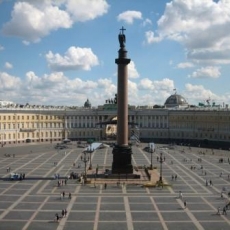 Alexander Column! St. Petersburg, Russia
Alexander Column! St. Petersburg, Russia -
 Alexander Nevsky Lavra! St. Petersburg, Russia
Alexander Nevsky Lavra! St. Petersburg, Russia -
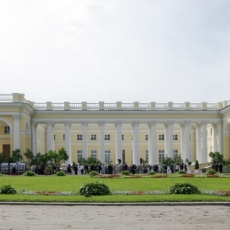 Alexander Palace, Tsarskoe Selo State Museum-Preserve! St. Petersburg, Russia
Alexander Palace, Tsarskoe Selo State Museum-Preserve! St. Petersburg, Russia -
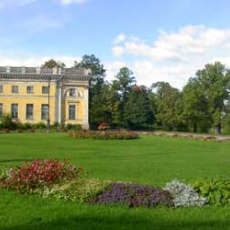 Alexander Park, Tsarskoe Selo State Museum-Preserve! St. Petersburg, Russia
Alexander Park, Tsarskoe Selo State Museum-Preserve! St. Petersburg, Russia -
 Alexandria Park, State Peterhof Museum complex! St. Petersburg, Russia
Alexandria Park, State Peterhof Museum complex! St. Petersburg, Russia -
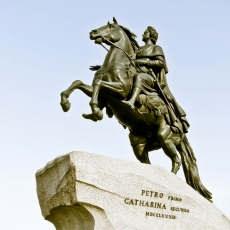 Bronze Horseman and Senate Square! St. Petersburg, Russia
Bronze Horseman and Senate Square! St. Petersburg, Russia -
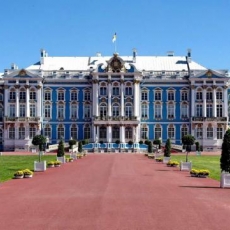 Catherine Palace and Amber Room, Tsarskoe Selo State Museum-Preserve! St. Petersburg, Russia
Catherine Palace and Amber Room, Tsarskoe Selo State Museum-Preserve! St. Petersburg, Russia -
 Catherine Park, Tsarskoe Selo State Museum-Preserve! St. Petersburg, Russia
Catherine Park, Tsarskoe Selo State Museum-Preserve! St. Petersburg, Russia -
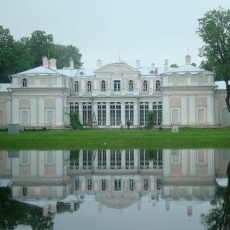 Chinese Palace, Palace and Park Ensemble "Oranienbaum"! St. Petersburg, Russia
Chinese Palace, Palace and Park Ensemble "Oranienbaum"! St. Petersburg, Russia -
 Colonnade of the Saint Isaac's Cathedral! St. Petersburg, Russia
Colonnade of the Saint Isaac's Cathedral! St. Petersburg, Russia


